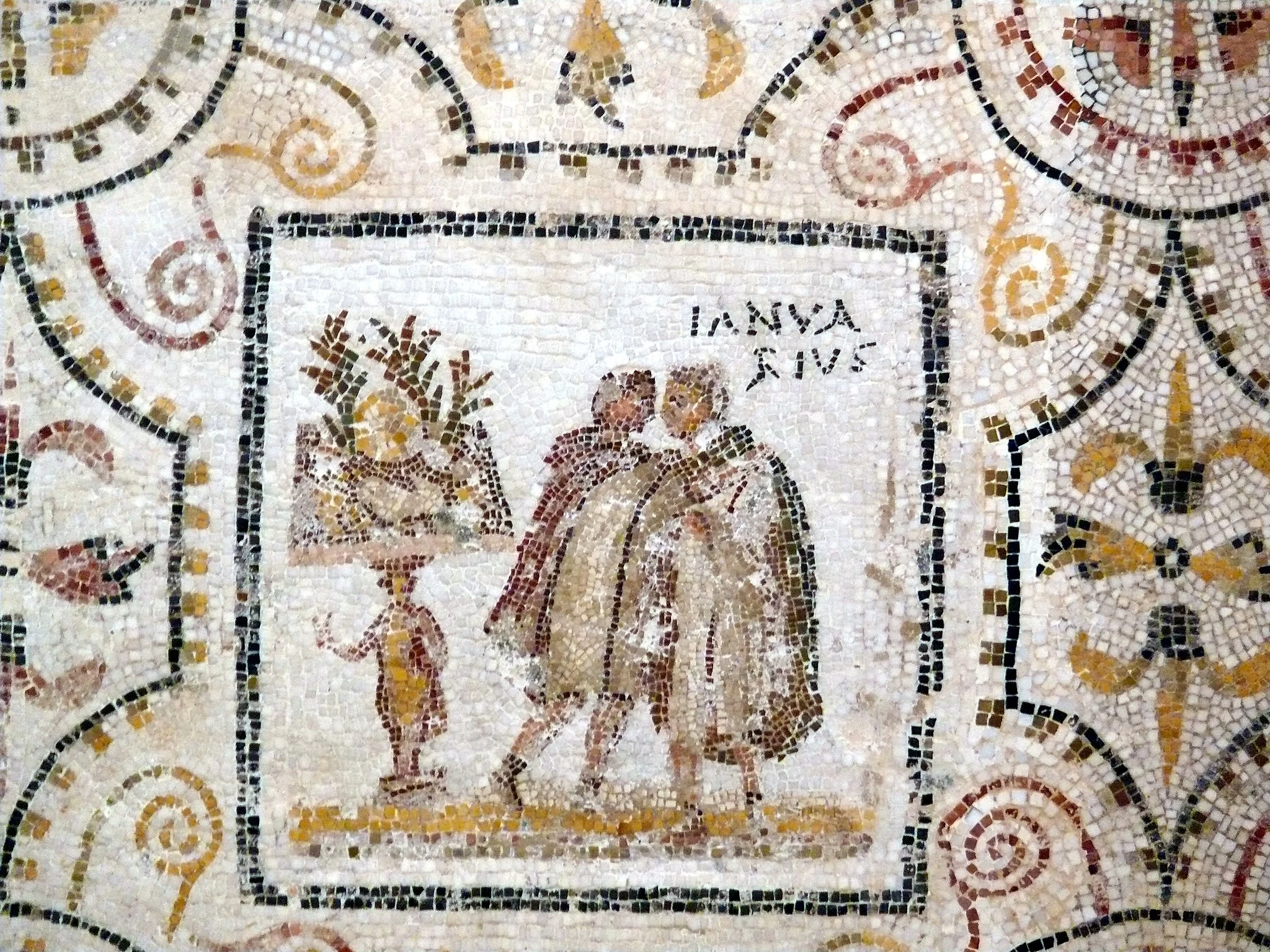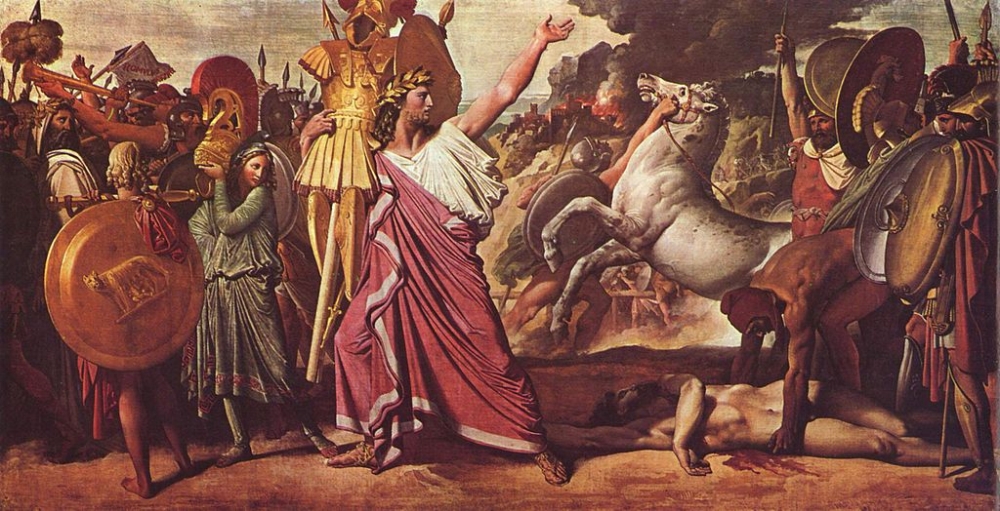Nevertheless, I characterize the book as more protean. It resists reductive readings, always offering a counter-text to any interpretation (including the one in this essay.)
Read MoreBook Note | Hypatia: The Life and Legend of an Ancient Philosopher
Watts ends the volume with a chapter on such modern representations of Hypatia, which move already suggests his aim: to bracket the legend long enough to catch sight of the life that inspired it.
Read MoreDissertation Spotlight | Magical Practices and Discourses of Magic in Early Christian Traditions: Jesus, Peter, and Paul
I argue one must take into account not only what magic is said to be, but also what magicians do. There is a reason, after all, that these practices are the ones against which Apuleius was compelled to mount his defense.
Read MoreRethinking Early Christian Identity: A Response
Maia Kotrosits responds to the review forum on Rethinking Early Christian Identity: Affect, Violence, and Belonging (Fortress, 2015).
Read MoreWeek in Review (1/25/19)
Catacomb painting, possibly of Eucharist bread | Catacomb of San Callisto, third century | Image source
Catacomb painting, possibly of Eucharist bread | Catacomb of San Callisto, third century | Image source
This Week: Continuing forum on early Christian identity, restoring Tutankhamen’s tomb, digital archaeology, Cairo Genizot, catacombs – and more!
Read MoreRethinking “Early Christian Art”
Jonah being thrown into the Sea. Catacomb of Saint Peter and Saint Marcellino, Rome, Italy, via wikicommons.
Jonah being thrown into the Sea. Catacomb of Saint Peter and Saint Marcellino, Rome, Italy, via wikicommons.
Eric Smith responds to Maia Kotrosits’s Rethinking Early Christian Identity: Affect, Violence, and Belonging (Fortress, 2015).
Read More"What Has Affect Theory to do with Acts?": Testing Methodological Boundaries In Acts Scholarship
Teresa Calpino responds to Maia Kotrosits’s Rethinking Early Christian Identity: Affect, Violence, and Belonging (Fortress, 2015).
Read MoreWeek in Review (1/18/19)
Wax encaustic funerary painting on wood | Second-century Roman Egypt, in the collection of the Badisches Landesmuseum (Karlsruhe) | Image Source
Wax encaustic funerary painting on wood | Second-century Roman Egypt, in the collection of the Badisches Landesmuseum (Karlsruhe) | Image Source
This Week: New forum complicating early Christian identity with Maia Kotrosits, forgery, Roman-era Egyptian tombs, museum ethics – and more!
Read MoreThe Codex of Feeling: Affect Theory and Ancient Texts
Donovan Schaefer responds to Maia Kotrosits’s Rethinking Early Christian Identity: Affect, Violence, and Belonging (Fortress, 2015) at the 2018 SBL review panel.
Read MoreEngaging with Intersectionality and 1st-2nd c. "Judaism"
Shayna Sheinfeld responds to Maia Kotrosits’s Rethinking Early Christian Identity: Affect, Violence, and Belonging (Fortress, 2015) at the 2018 SBL review panel.
Read MoreWeek in Review (1/11/19)
Illustration of St. Luke in an Armenian Gospel manuscript | WMS Armenian MS no.1, dated to 1495 | Image Source
Illustration of St. Luke in an Armenian Gospel manuscript | WMS Armenian MS no.1, dated to 1495 | Image Source
This Week: Book notes and Byzantium, Coptic magic, Ishtar’s netherworld descent, open access all over the place, Armenia! - the year begins!
Read MoreAntiquity on Display: The Armenia! Exhibit at the Metropolitan Museum of Art
This exhibition aims to showcase Armenia as an artistic civilization in its own right rather than a postscript to the more prominent and the better-known achievements of Byzantium or Near Eastern cultures.
Read MoreBook Note | The New Testament in Byzantium
This volume, replete with color images and detailed charts, is both a resource and an invitation for further research. The range of expertise offered by the volume’s contributors testifies to the interdisciplinarity that animates Byzantine Studies.
Read MoreYear in Review: Top Ten Articles of 2018
Week in Review (12/21/18)
Cuneiform synonym list clay tablet from the Library of Ashurbanipal | Neo-Assyrian (934-608BCE), currently on display in the British Museum | Image Source
Cuneiform synonym list clay tablet from the Library of Ashurbanipal | Neo-Assyrian (934-608BCE), currently on display in the British Museum | Image Source
This Week: Primeval Roman kings, inconsistent Torah, Egyptian royal tombs, clay tablets, excavation reports, plus, oh, Atlantis – and more!
Read MoreDissertation Spotlight | A Principio Reges: The Reception of the Seven Kings of Rome in Imperial Historiography from Tiberius to Theodosius
In my dissertation, I group twelve authors by chronology and language of writing. Chapter two treats Velleius Paterculus (d. 31 CE), Tacitus, and Suetonius (d. 126 CE), three authors separated by time, genre, rank, and aims, but unified in their approach to imperial history as in certain respects a recapitulation of regal history; determined by the ancestry of the Julio-Claudian emperors.
Read MoreBook Note | Inconsistency in the Torah
In Inconsistency in the Torah, Joshua A. Berman turns the critical lens on source criticism itself, arguing that it is built upon several epistemological flaws and illustrating these with a variety of case studies.
Read MoreWeek in Review (12/14/18)
Coptic Papyrus Fragment | Seventh-century papyrus and ink from the Monastery of Epiphanius, Egypt | Image Source
Coptic Papyrus Fragment | Seventh-century papyrus and ink from the Monastery of Epiphanius, Egypt | Image Source
This Week: Creative pedagogy, unfinished Bibles, ancient letter networks, Yemeni cultural heritage, Coptic magical papyri – and much more!
Read MoreTeaching Hebrew Bible with Creative Writing
“The Bible is, and will likely long continue to be, both building material and building. It’s a treasury of the ancient world, a storehouse in which lie a large percentage of the glittering gems which survived the ancient Levant in any form. And it’s a doorway through which the ancient Levant continues to shape the present, as well as the history of how this heritage has been repeatedly reshaped and by whom.”
Read MoreBook Note | Assembling Early Christianity: Trade, Networks, and the Letters of Dionysios of Corinth
Cavan Concannon’s Assembling Early Christianity: Trade, Networks, and the Letters of Dionysios of Corinth examines the traces of an understudied bishop to draw larger conclusions about how early Christianities effloresced and dissolved over time.
Read More


















